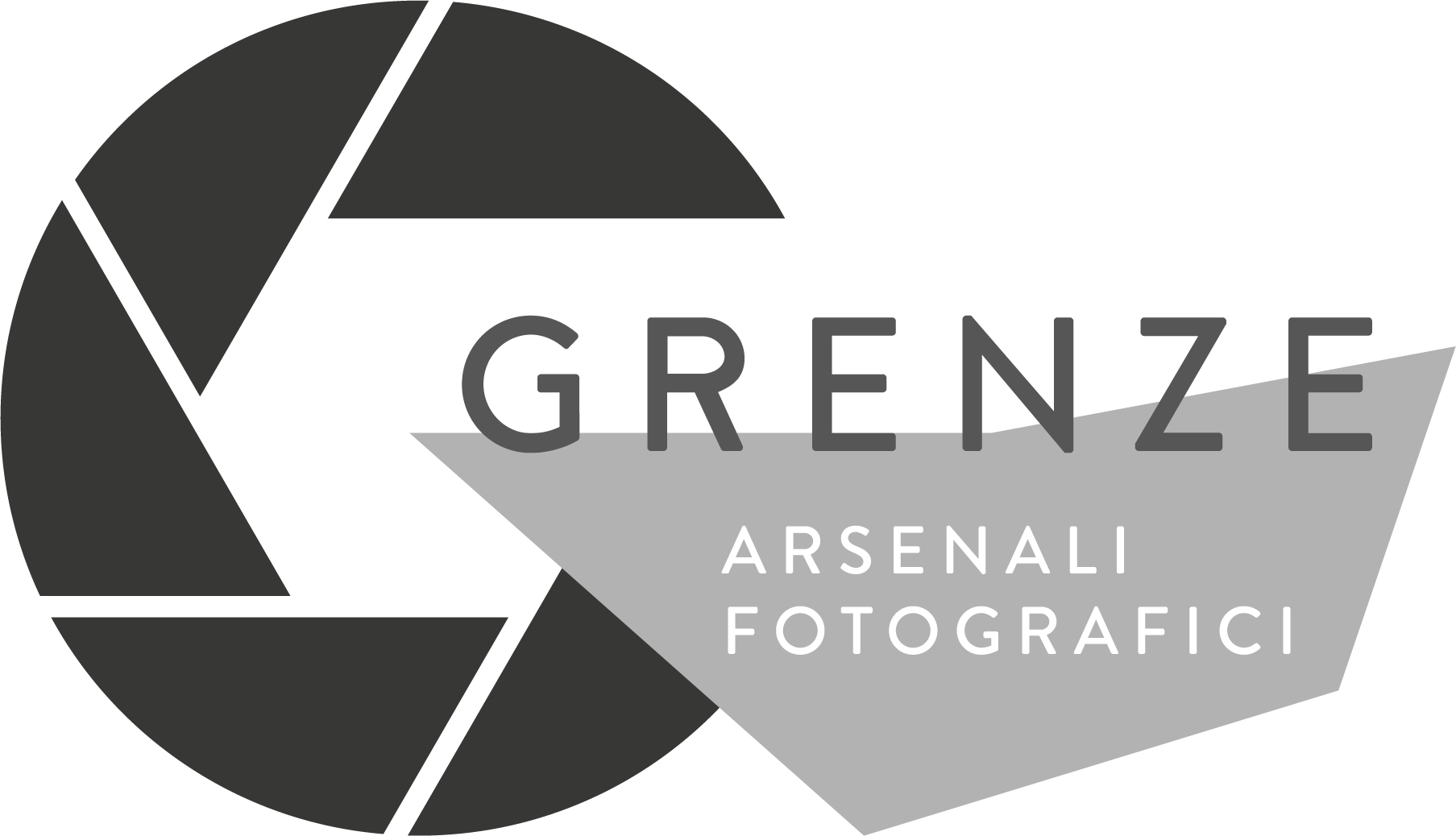THE CHANCE
Le cose che realmente contano sono distribuite in maniera disuguale
A distanza di pochi metri da dove viviamo esistono persone con un’aspettativa di vita nettamente diversa rispetto alla nostra, a prescindere dal fatto che essa sia inferiore o superiore la nostra consapevolezza a riguardo è nulla. Ciò che definisce questo divario è il cosiddetto “determinante sociale”: lo stress abitativo, il basso livello di istruzione, le tipologie di lavoro come il terzo settore, l’indice di povertà, lo scarso accesso alle catene alimentari, sono discriminanti sociali che, se non arginate, influenzeranno enormemente le disuguaglianze del nostro futuro. L’avvento del Covid-19 ha accentuato queste differenze sociali ed economiche all’interno delle stesse aree urbane.
L’epidemiologo Michael Marmot parla di “occasioni di vita”, sottolineando che la salute si distribuisce in modo disuguale. Se si nasce in circostanze meno fortunate non si può prevedere una vita in salute.
Quello qui presentato è il primo capitolo di una ricerca su tutto il territorio italiano e non solo. La prima tappa di questo viaggio è in un quartiere popolare sito nel centro città di Catania, S.Cristoforo, caratterizzato dalla stretta connessione urbanistica con la zona residenziale della città. Qui tutte le discriminanti sopracitate incidono profondamente sul livello di aspettativa di vita media dei 30.000 abitanti che abitano il quartiere. Il divario sanitario, di istruzione e lavorativo, oltre che alimentare, tra le due aree urbanistiche è incredibile e visibile ad occhio nudo camminando per strada.
Ogni capitolo sarà caratterizzato dalla presenza di dati, fonti e analisi incentrati sull’area raccontata, in modo da fornire uno spunto di riflessione sulle fasce più vulnerabili e soggette alle discriminanti sociali lì presenti. Il mio progetto mira ad evidenziare come l’epidemiologia sociale e territoriale è la strada da intraprendere per ottenere un assottigliamento di queste disuguaglianze.
Stare dalla parte sbagliata di questa linea immaginaria di confine toglie il controllo sulla propria esistenza.
Disarticolare l’intreccio di relazioni che potrebbe portare gli individui più fragili della società a pagare un conto molto più caro è un dovere civile a cui siamo chiamati tutti.
Cosa succederebbe se scoprissimo che girando un angolo di strada sotto casa potremmo avere maggiori possibilità di vivere o morire?
Simone Cerio (b.1983) è un fotografo documentarista italiano, specializzato in visual journalism. Da sempre interessato a linguaggi ibridi, le sue immagini possiedono una narrativa che evidenzia l’importanza della relazione profonda con l’altro. Il filo che lega i suoi lavori è il tema dell’Identità e dei cambiamenti sociali e l’uso di uno storytelling estremamente intimo. Conosciuto soprattutto per la sua ricerca sulle comunità LGBT credenti, intitolata RELIGO, e il lavoro sul tema dell’assistenza sessuale per persone disabili, LOVE GIVERS. Progetti che gli valgono premi internazionali tra cui il Wellcome Photography Prize nella categoria “Hidden Worlds”. Contributor della ONG Emergency dal 2014 e co-fondatore di MOOD Photography, un centro studi di fotografia presso il quale è docente di “Identità e Metodo”, “Visual Journalism” e della masterclass in “Long Term Project”.
Web: www.simonecerio.com
Instagram: @simonecerio
Facebook: Simone Cerio

